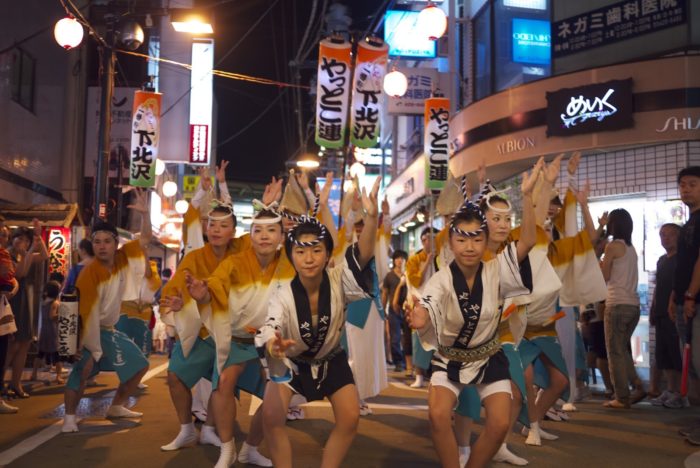Published in Newsweek Japan 23/8/2016
“Will the city be any fun?” that was the key question posed by Jane Jacobs, author of The Death and Life of Great American Cities and one of the twentieth century’s most influential thinkers on urban issues.
Jacobs, who was born a hundred years ago, favoured irregularities, narrow streets, busy crossings and “the intricate minglings of different uses.” While not opposed to new developments or large-scale buildings – she praised the Rockefeller Center in mid-town New York – she insisted on the value of street life, or “the ballet of the sidewalk” as she termed it.
Tokyo is not conventionally beautiful, in fact contains its fair share of ugliness and kitsch, yet it probably comes the closest of any major city to matching Jacobs’ vision. Within its enormous sprawl you can find dozens, if not hundreds of neighbourhoods that display, in Jacobs’ words, “the cheerful hurly-burly that makes people want to come into the city and to linger.”
These warrens of shopping streets, entertainment districts and curving backstreets impassable by all but the smallest cars are the real treasures of Tokyo. In contrast, the Sky Tree, the new towers of Roppongi and the various sight-seeing spots teeming with tourists are sterile and boring.
A megalopolis which holds over 30 million people within a 30 mile radius, Tokyo is by far the largest city in the world in terms of economic output. Like London, it has not one center, but several. Unlike London, it has a highly efficient transport system that enables you to get from one center to another in a matter of minutes. Crucially, this ease of travel encourages the growth of sub-cultures and niche businesses, which could not be viable if they had to rely solely on local custom.
The transport system was not planned. It would be impossible to plan something so convoluted, woven together from five private railways networks, two varieties of subway, part of the privatized national railway system and several local lines. This web of rails grew organically like the city itself, gradually spreading, interconnecting and increasing in complexity.
According to celebrated Japanese architect Yoshinobu Ashihara, Tokyo is “an amoeba city” that “thrives according to an order hidden within its chaos.” This invisible order needs to be treated with care. The urge to make things cleaner, brighter and bigger – and therefore the same as everywhere else – can end up destroying what it seeks to improve.
A case in point is the redevelopment of Shimo Kitazawa, the Tokyo equivalent of Greenwich Village, where Jacobs lived in the 1960s and led protests against a disruptive highway project. The modernized “Shimo-Kita” is more efficient for commuters and road-users, but has lost some of the cluttered density and improvisational surprise that provided its unique flavour.
Tokyo 2020 is a different city from Tokyo 1964 and the Olympic Games will have a different meaning too. Back then they were a means of signaling prestige and capability to the domestic and global audiences. As with Beijing in 2008, the breakneck surge of demolition and construction was a concrete-and-glass embodiment of lust for change.
Today Tokyo is barely growing in terms of population, area and wealth. There is no automatic imperative to knock down old buildings and put up new ones. Change has to be justified by improvements to quality, safety and functionality.
The mindset of the public has become more complex too. In contrast to the mass excitement of 1964, attitudes towards the 2020 Games are diverse and often critical. There have been controversies about the stadium, the logo, the ever-expanding budget – issues that would never have been aired 52 years ago. In a mature sophisticated society, such scandals and disagreements are part of the normal warp and woof of life. Sometimes they are more entertaining than the sporting events themselves.
The amoeba is older and slower now, but still pulses with vitality and dreams its neon dreams. It will remain healthy as long as the everyday lives of its citizens are the priority. As Jacobs wrote, “there is no logic that can be superimposed on the city; people make it, and it is to them, not buildings, that we must fit our plans.”


